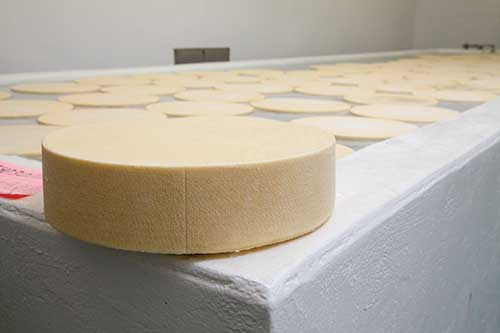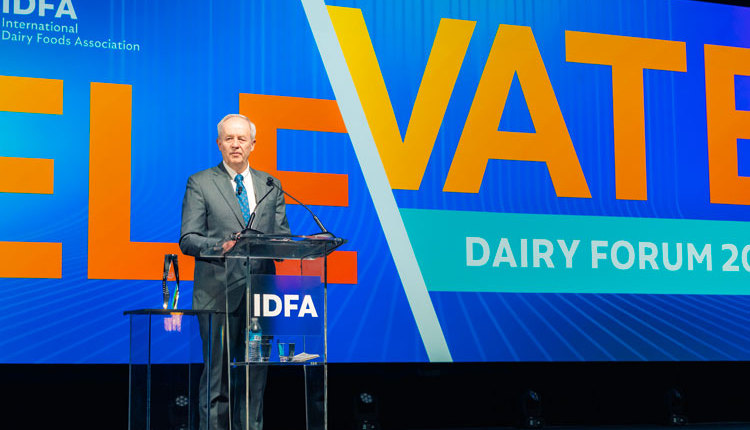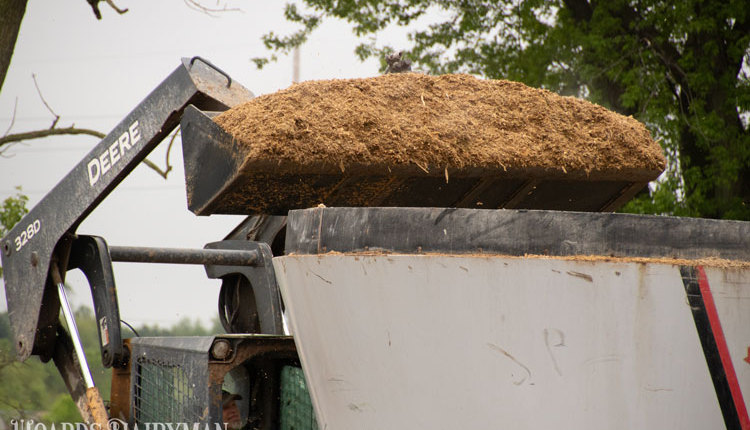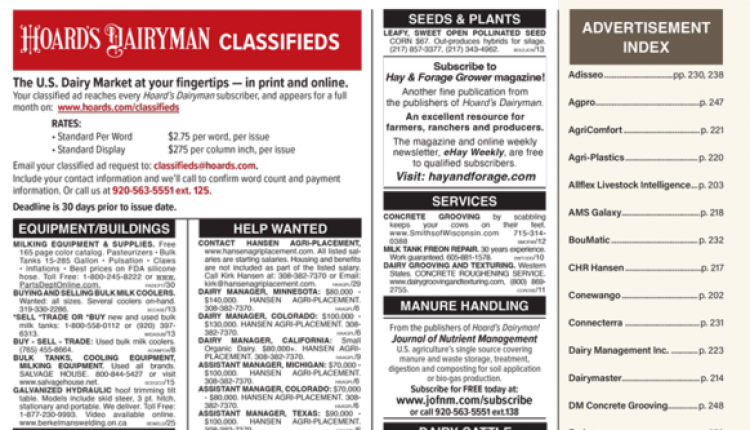
While Europe's quotas have addressed its supply and demand imbalance since 1983, worldwide demand for dairy products has changed a great deal since then. Not only has global demand exploded, the reality also exists that the 28 countries that make up the European Union (EU) haven't filled their own collective milk quotas since the 2006/2007 production cycle.
Dairy is big business
Overall, dairy is a major player in Europe. After cattle destined for beef, which garners a 22 percent market share, milk sales are tied with cereal grains for second place at 14 percent. In 2011, that amounted to the equivalent of $72 billion U.S. dollars in sales, according to European Commission statistics.
What about internationally? The 28 countries in the EU account for 21 percent of the world's milk production. When directly compared to the United States, the EU produced 338 billion pounds of milk while America netted 200 billion pounds or 12.5 percent of the world's total last year.
Even though quotas have held back milk production in some markets, Europe has continued to grow its dairy export marketing might. The EU now garners a 32 percent share of the world cheese and skim milk powder market, reported Herman Versteijen, director of agricultural markets for the European Commission.
Just like the U.S., regions within Europe specialize in specific agricultural commodities, in part due to localized natural resources and other economic factors. To that end, eight of the 28 EU countries account for 80 percent of its milk production. Drilling a bit deeper, just three countries account for half of it.
Leading the pack is Germany with 21 percent. Next is France at 18 percent; United Kingdom (UK), 10 percent; Netherlands, 8 percent; Italy, 8 percent; Poland, 7 percent; Spain, 4 percent; and Ireland, 4 percent. This ranking has remained quite stable over the past decade, although the UK's dairy industry has never fully recovered from the foot and mouth disease outbreak in 2001.
The prospect of other countries challenging those heavyweights in a quota-free environment appear bleak because, of the remaining 19 countries, 13 already fall at least 10 percent short of current quotas.
In preparation for a quota-free environment, government regulators have been raising the quota cap at a faster pace than what has been demanded by the domestic population. This action allowed dairy producers to begin modernization efforts in preparation for new economic conditions beginning in 2015.
Even with this recent easing of constraints, Europe's dairy landscape looks quite different than the U.S. With an average herd size of 42 cows, the EU's herds are one-quarter the size of those found stateside at 187 cows per farm. While the Czech Republic's 171 cows per farm paces Europe, most countries look more like Germany and France which average near 50 cows per herd.
Growing herd size is an option to expand production. But compared to the U.S., gathering enough cropland remains a formidable challenge. The combination of price, availability, small field size and the management of numerous landlords hinders acreage growth.
A look into the major exporters
Of course it would stand to reason that Europe's largest milk-producing countries would also export the greatest share of dairy products. To that end, Germany, France and Italy account for nearly 60 percent of Europe's cheese output, according to the European Commission. The Netherlands and Poland produce an additional 16 percent and bring the top five market share to over 75 percent.
On the butter front, the two largest milk producers, Germany and France, represent 60 percent. Meanwhile, France and Denmark lead the pace on the production of whole milk powder, accounting for 56 percent. France is joined by Germany, Belgium/Luxembourg and Poland in producing three-quarters of the skim milk powder. Meanwhile, Germany, the Netherlands, the UK, Italy and Poland lead in whey powders, according to European Commission statistics.
Even with quotas, Europe has been flexing its dairy export muscle. In 2011, the EU exported the equivalent of $11.1 billion in dairy products or over double that of the U.S. total of $4.8 billion that same year. That total was a record in Europe, just like the U.S., and it represented 14 percent growth over the previous year. Overall, dairy exports grew 66 percent in Europe from 2000 to 2011.
Europe, too, has some dairy imports. And just like the U.S., those import levels are quite small when comparing the entire dairy picture. In 2011, imports in Europe totaled $841 million (U.S. dollars) or just 8 percent of its export value.
The new trading environment
It would stand to reason that those countries with a solid infrastructure that has been artificially held back by quotas would gain the most when quotas are lifted. Germany will likely be the country to gain the most in 2015, projected Ernst & Young in a report prepared for the European Commission this past September. The study projects Germany will gain in nearly every dairy product category with some of the product headed to other EU partners and the rest destined for the world market.
Projections are mixed for second-place France's dairy future. Meanwhile the continent's third-largest milk-producing country, the UK, is projected to experience a significant drop-off in all product categories.
Ireland could be an interesting country to watch. Many Irish analysts draw strong correlations between Ireland and New Zealand, who both utilize a grass-based dairy system. That potential could be real as herd size has grown from 37 to 60 cows over the past 13 years. However, even with the rosiest projections, Ireland still only accounts for 4 percent of Europe's production which presently places it in a two-way tie for seventh place among the 28 nations.
Overall, the Ernst & Young report doesn't project a big jump in milk production in a postquota Europe. Part of the gains, including an uptick in cow numbers in 2012, have already taken place in anticipation of lifting quotas, projected the European Commission in its recent market forecast through 2023.
Even so, production gains of nearly 2 percent will have to go somewhere. The European Commission projects the extra milk will make its way into cheese production which analysts estimate will pass 10.7 million metric tons by 2023. Of that total, exports will account for 1 million metric tons. If that would come to fruition, it would represent a growth rate of 1.1 percent annually, down from 1.6 percent growth over the past decade.










